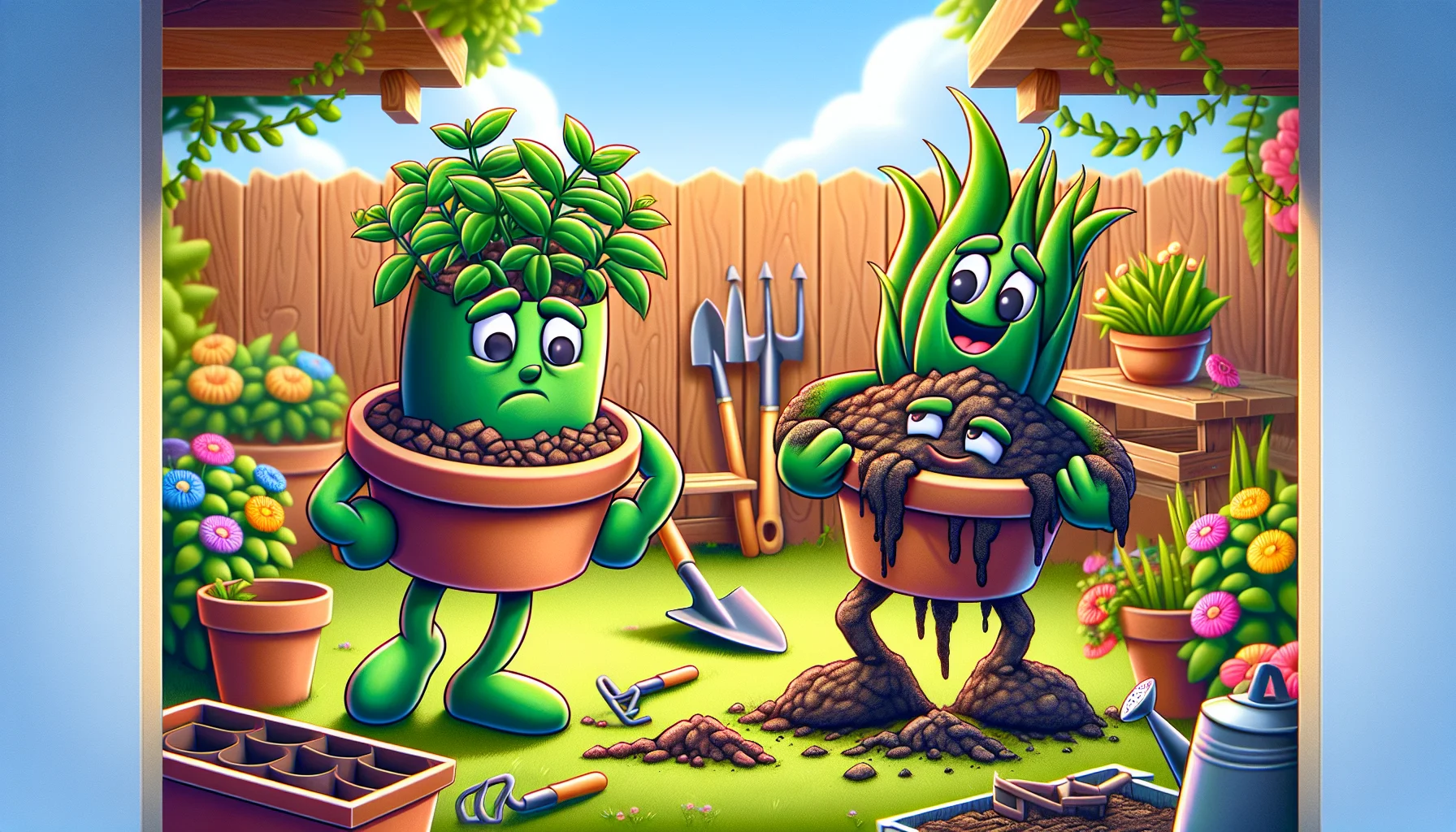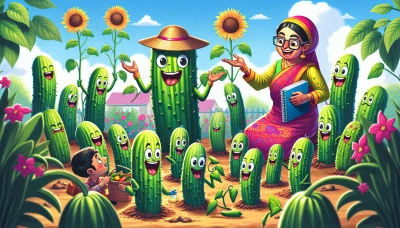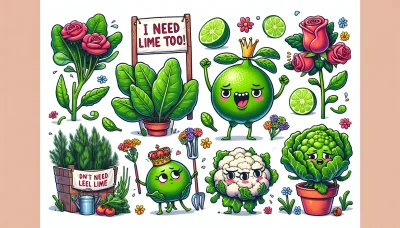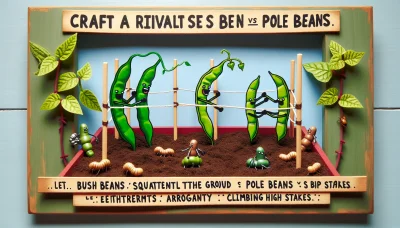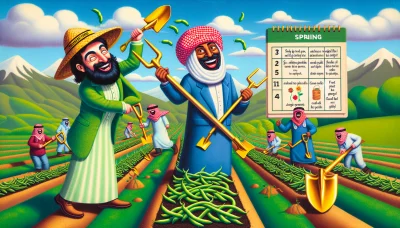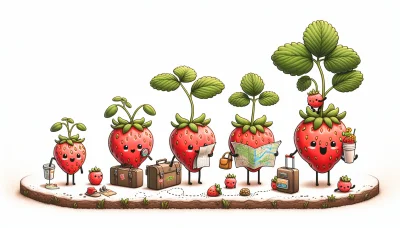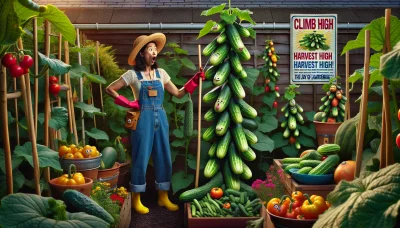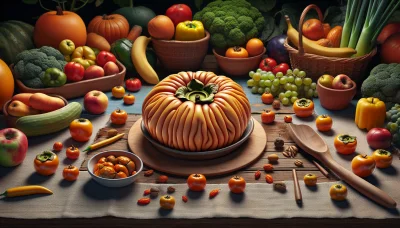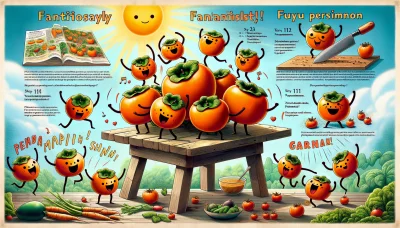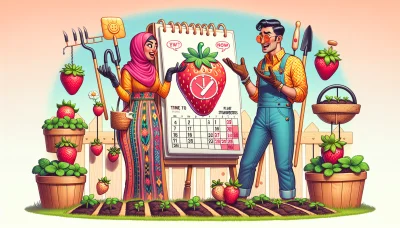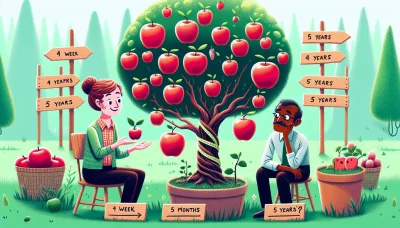Potting mix vs garden soil Quiz
Test Your Knowledge
Question of
Potting Mix vs Garden Soil: Understanding the Difference
Choosing the right soil type is crucial for the success of any gardening project. Whether you're cultivating a lush vegetable garden, adorning your space with vibrant flowers, or nurturing indoor plants, understanding the differences between potting mix and garden soil can greatly influence the health and growth of your plants. This guide aims to shed light on these differences, helping gardeners make informed decisions to ensure their plants thrive.
What is Potting Mix?
Potting mix is a medium used to grow plants, herbs, and vegetables in containers. Unlike garden soil, potting mix is specially formulated to provide a sterile, nutrient-rich, and well-draining environment that is ideal for container gardening. Its composition typically includes peat moss, compost, vermiculite, and perlite, which helps to retain moisture and nutrients while also allowing excess water to drain away, preventing root rot. This mix is beneficial for container gardening because it ensures that plants have the optimal growing conditions they need to thrive, including proper aeration, moisture retention, and access to essential nutrients.
What is Garden Soil?
Garden soil is a specialized medium designed for the growth and nourishment of plants in outdoor gardens. It typically consists of a blend of natural topsoil, compost, and other organic matter such as peat moss, vermiculite, or perlite. This composition helps to improve soil structure, providing better drainage and aeration while also retaining moisture and nutrients essential for plant growth. Garden soil is best used for outdoor projects like creating raised beds, amending existing garden beds, or filling large outdoor pots where its nutrients and structure can support a wide range of plant types from vegetables and herbs to flowers and shrubs.
Key Differences Between Potting Mix and Garden Soil
- Drainage: Potting mix is designed to provide better drainage than garden soil, allowing water to flow through more easily and preventing root rot.
- Nutrient Content: Potting mix often contains more controlled and balanced nutrients compared to garden soil. It may be enriched with fertilizers and other nutrients to support plant growth.
- Weight: Potting mix is generally lighter and less dense than garden soil, making it ideal for container gardening.
- pH Levels: The pH levels of potting mix are usually adjusted to be ideal for plant growth, whereas the pH levels of garden soil can vary significantly depending on the location and previous soil treatment.
- Sterilization: Potting mix is often sterilized to be free of weeds, pests, and diseases, providing a safer environment for new plants. Garden soil, on the other hand, may contain these elements.
- Use Case: Potting mix is specifically formulated for use in containers, while garden soil is better suited for outdoor garden beds.
Pros and Cons of Potting Mix and Garden Soil
| Potting Mix | Garden Soil | |
|---|---|---|
| Pros |
|
|
| Cons |
|
|
Choosing the Right Soil for Your Plants
Selecting the appropriate soil for your plants is crucial for their growth and health. Different plants have unique needs, ranging from well-draining sandy soil for succulents to nutrient-rich loamy soil for most vegetables and flowers. For container gardening, a high-quality potting mix is essential as it provides the right balance of moisture retention and drainage. When planting in the ground, consider the native soil composition and amend it as needed to meet your plants' requirements. Testing your soil's pH and nutrient levels can guide you in making the right amendments, ensuring your garden thrives.
